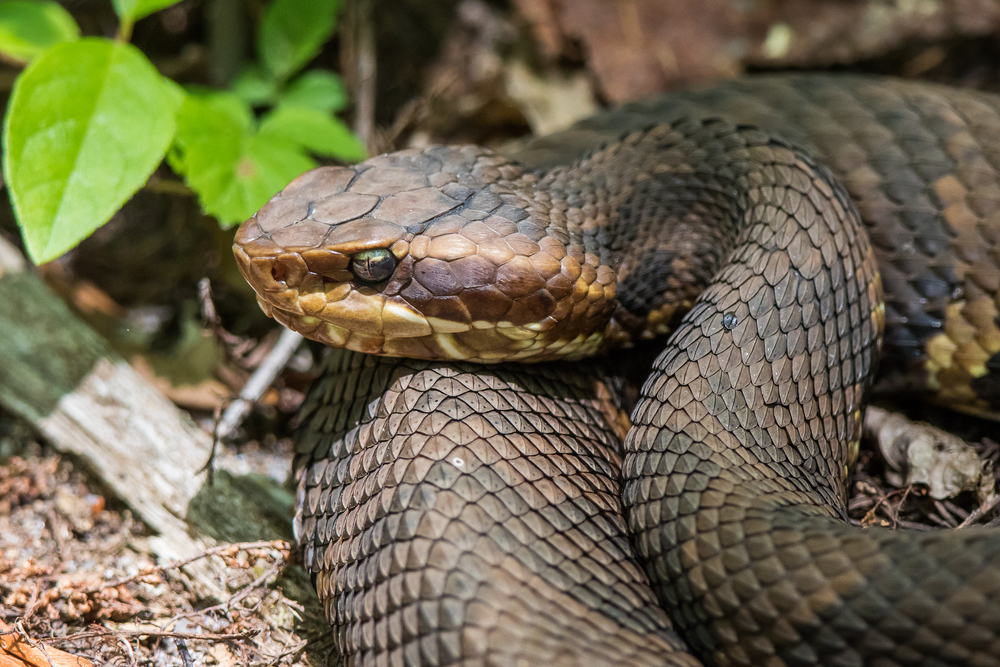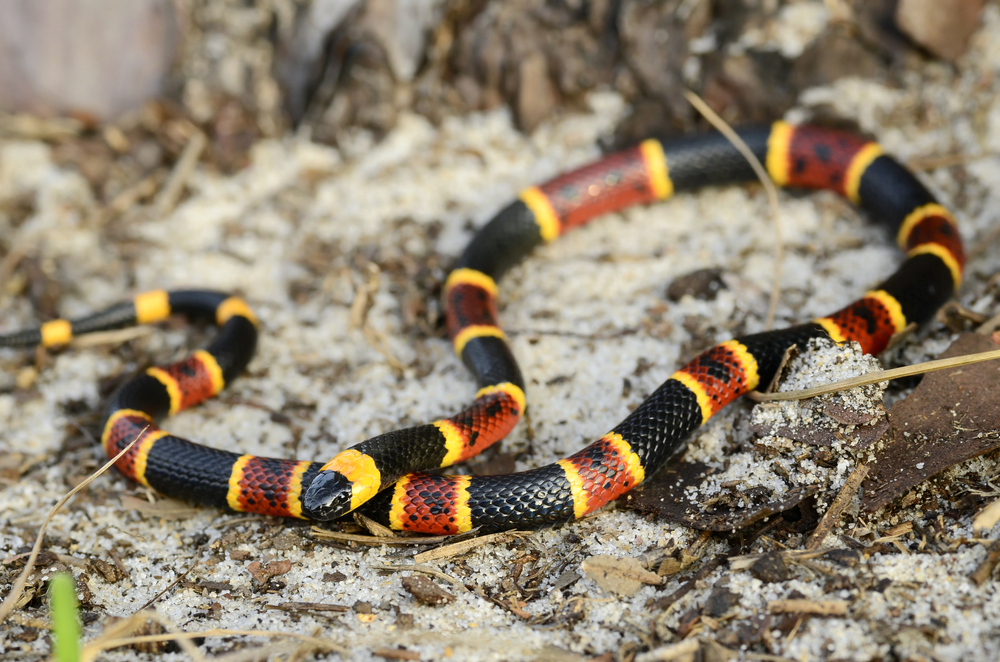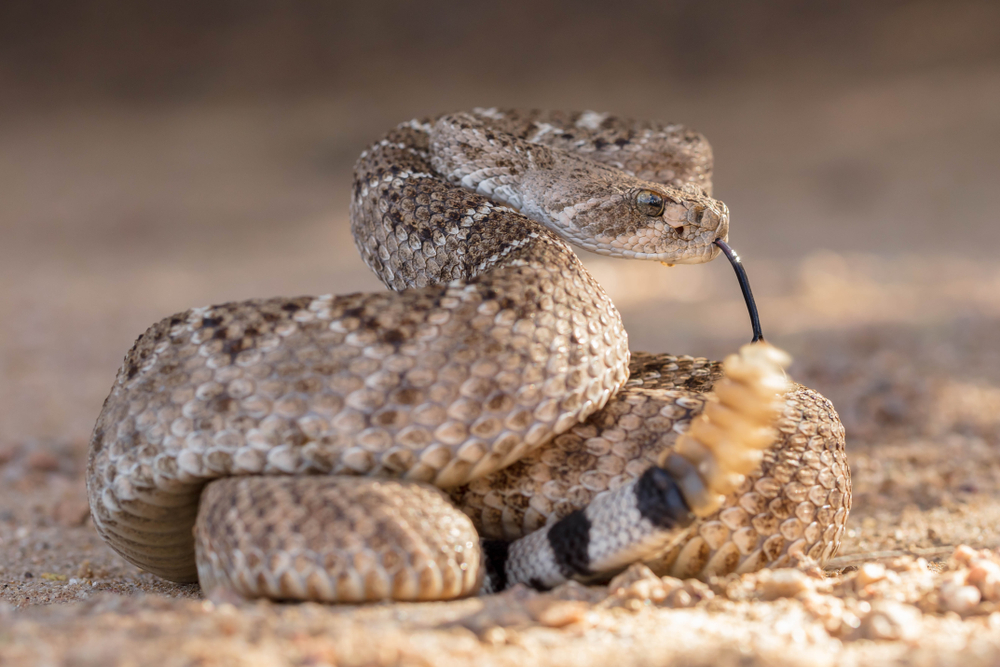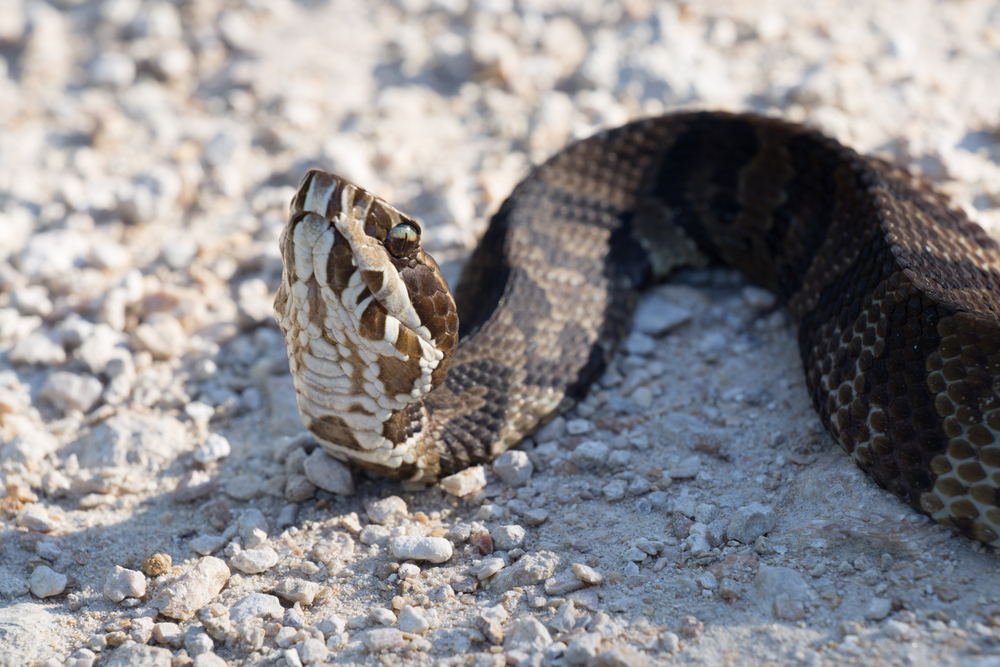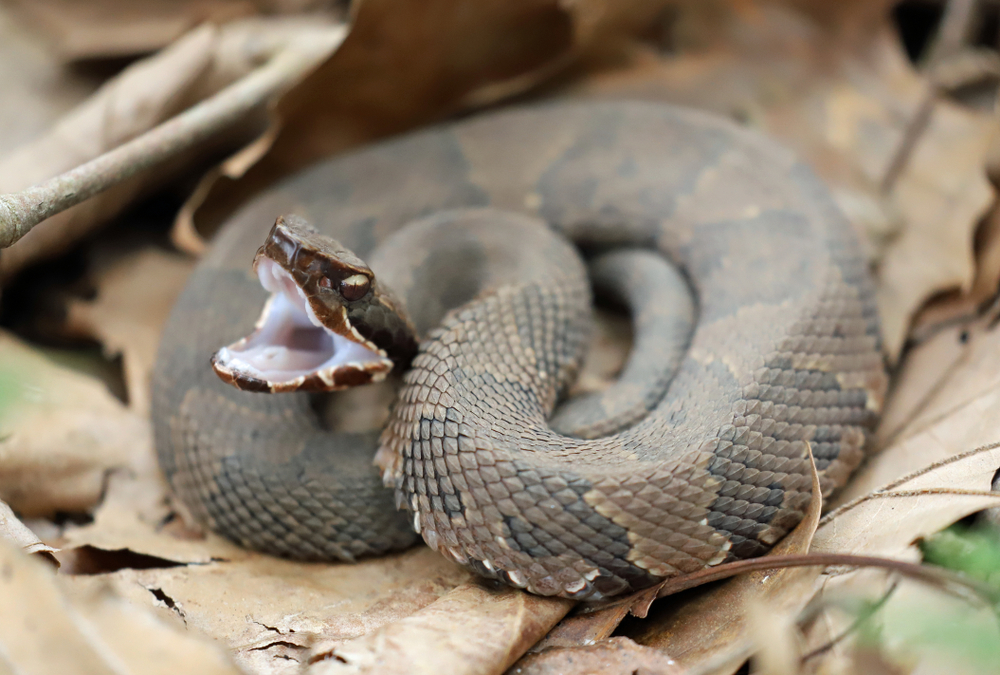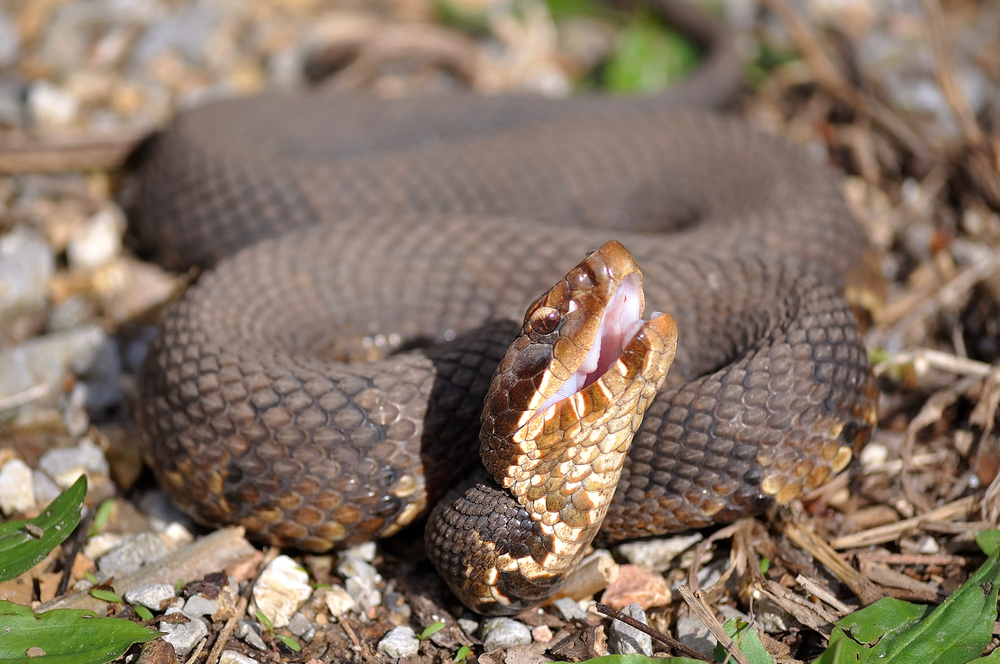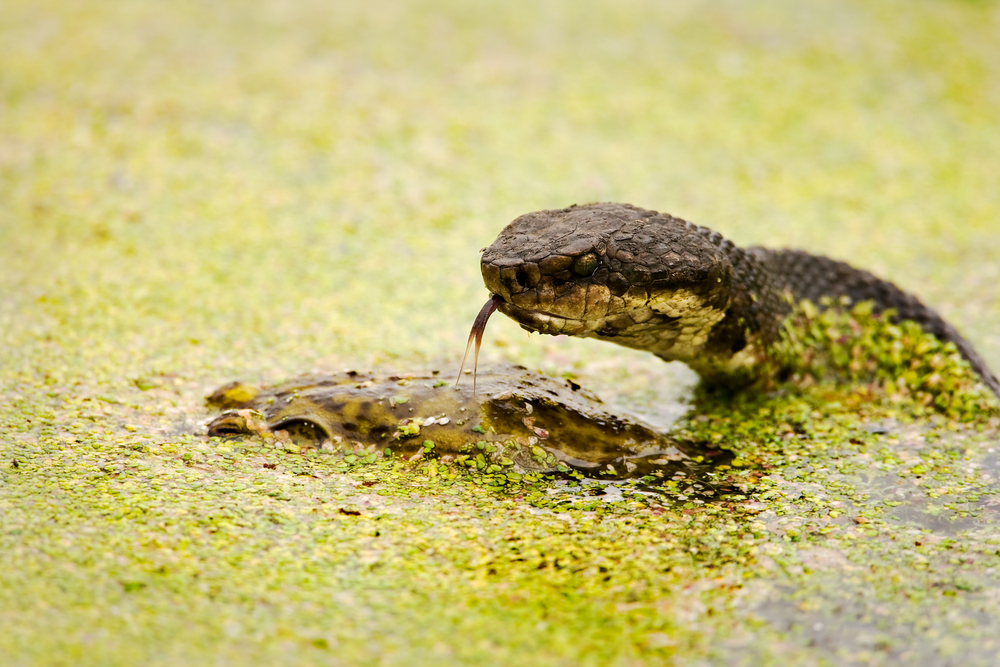The Water Moccasin, also known as the Cottonmouth (Agkistrodon piscivorus), is a semi-aquatic venomous snake that is adept at swimming and capable of staying underwater for extended periods. While the exact duration can vary, Water Moccasins can typically remain submerged for about 10 to 30 minutes.
This ability to stay underwater is an adaptation to their aquatic lifestyle, allowing them to hunt for prey such as fish and amphibians, escape predators, and avoid detection. Their skill in the water, combined with their ability to hold their breath for significant periods, makes them efficient aquatic predators and helps them thrive in their swampy, marshy habitats.
It’s important to note that while Water Moccasins can stay underwater for a considerable time, they are not exclusively aquatic and spend a good deal of time on land or basking in the sun on branches, rocks, or logs near water bodies.



































































